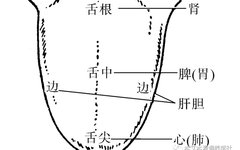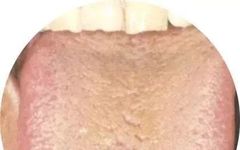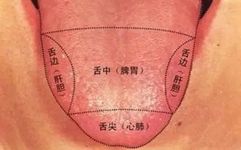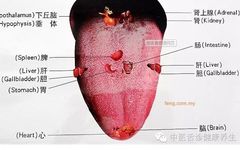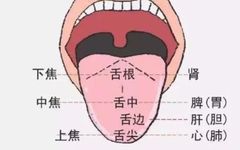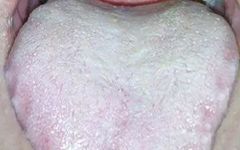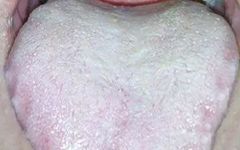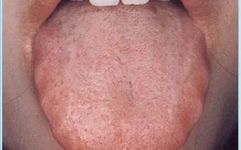Tongue Diagnosis Series 3: Precise Differentiation of Tongue Coating, Quality, and Shape
Everyone can quickly conduct a full-body check on themselves every day, and it’s free! How to do it? Just stick out your tongue in front of the mirror every morning before brushing your teeth and take a good look at it. Isn’t that super simple? Are you particularly curious about how to gaze at … Read more

